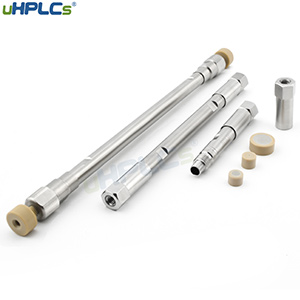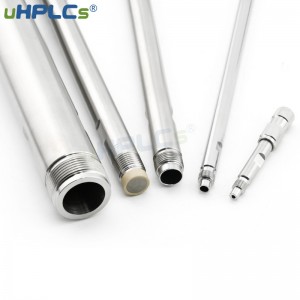Frist, What are PAHs?
Polycyclic aromatic hydrocarbons, abbreviated as PAHs or PNA, are a class of hydrocarbon compounds that are carcinogenic, teratogenic, mutagenic and biodegradable, and cumulative. They are mainly produced in the incomplete combustion of organic materials such as coal, wood, and petroleum and exist in water, air, soil, and sediment on a large scale. They are also relatively important environmental and food pollutants. PAHs are a more prevalent pollutant in water, and their distribution in different water bodies depends on their pollution sources. Water resources are closely linked to people’s activities, and after many water pollution accidents, water environment monitoring has started to receive more and more attention from society and the state.
Second, the detection methods of PAHs in the water environment.
The current methods for determining PAHs are fluorescence spectrophotometry, gas chromatography, and liquid chromatography. Although the fluorescence method has high sensitivity, the steps are cumbersome and poor for separating complex samples, so this method is rarely used. Liquid chromatography has very high sensitivity, recovery and resolution, wide application range, fast detection speed, and automatic operation, so it is widely used for the separation and identification and quantitative determination of PAHs and has become the preferred method for PAHs, and also occupies a very important detection position in the field of water environment monitoring.
For example, the determination of PAHs in water by liquid chromatography in the environmental protection standard HJ 478-2009 introduces two analytical methods: liquid-liquid and solid-phase extraction.
Liquid-liquid extraction method: extraction of polycyclic aromatic hydrocarbons (PAHs) in water with n-hexane or dichloromethane, the extract is purified by silica gel or Florisil column, eluted with a mixture of dichloromethane and n-hexane solvent, and the eluate is concentrated and separated and detected by liquid chromatography with fluorescence/UV detector.
Solid-phase extraction method: Enrichment of polycyclic aromatic hydrocarbons (PAHs) in water by solid-phase extraction technique, elution with dichloromethane, the concentration of eluate, separation and detection by liquid chromatography with fluorescence/UV detector.
Third, C18 column activation.
The C18 column is a commonly used reversed-phase chromatography column packed with octadecylsilane bonded silica. It has a fairly high carbon content and better hydrophobicity; it can complete 70-80% of the analytical tasks of liquid chromatography. Therefore, it is necessary to activate the newly purchased column before use, which will help prolong the column’s service life and flush it with methanol or acetonitrile reagent at a low flow rate.
If you are interested in the products mentioned in the above article, please feel free to contact us.
Post time: Sep-01-2022









